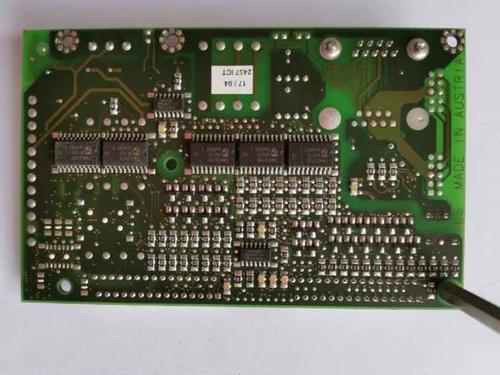 +86 755 2794 4155
+86 755 2794 4155  sales@knownpcb.com
sales@knownpcb.com
-
Shenzhen KNOWNPCB Technology Co., Ltd.
 +86 755 2794 4155
+86 755 2794 4155  sales@knownpcb.com
sales@knownpcb.com
 2024-10-09
2024-10-09
 234
234

Aerospace PCBs are designed to meet the unique and extremely demanding requirements of the aerospace industry.
1. Harsh Environmental Endurance
Aerospace vehicles operate in harsh environments, including extreme temperatures, high levels of vibration, and exposure to cosmic radiation. PCBs in aerospace applications must be able to withstand these conditions. For example, in a satellite, the PCB may experience temperature variations from - 100°C to + 100°C during its orbit. The materials used in the PCB construction, such as substrates and soldering materials, are carefully selected for their ability to remain stable under these temperature extremes. High - quality adhesives and conformal coatings are applied to protect the PCB from moisture and other environmental factors. In addition, aerospace PCBs are designed to resist the intense vibration during take - off, flight, and landing. Components are securely mounted, and the PCB layout is optimized to minimize the effects of vibration on the electrical connections.
2. High - Performance and Precision
Aerospace systems require high - performance and precise PCBs. In flight control systems, for instance, the PCB must process signals with extreme accuracy. The electrical characteristics of the PCB, such as impedance control, are tightly regulated. Any deviation in impedance could lead to signal distortion, which can affect the performance of the entire flight control system. High - speed data transfer is also a common requirement in aerospace applications. PCBs are designed to support high - frequency signals without significant loss or interference. Advanced manufacturing techniques are used to ensure the precision of the PCB, such as laser - drilling for micro - vias and photolithography for fine - line traces.
3. Redundancy and Fault - Tolerance
Given the critical nature of aerospace systems, PCBs are designed with high levels of redundancy and fault - tolerance. In an aircraft's avionics system, multiple redundant PCBs may be used for key functions such as navigation and communication. If one PCB fails, the system can automatically switch to a backup PCB without any interruption in service. Components on the PCB are often duplicated or have built - in self - testing and self - repair mechanisms. For example, some microcontrollers on aerospace PCBs have the ability to detect internal faults and reconfigure themselves to continue operation.
4. Weight and Space Constraints
Aerospace applications are highly sensitive to weight and space limitations. PCBs are designed to be as lightweight as possible while still meeting all performance requirements. This often involves using lightweight materials for the substrate, such as special - grade laminates. The layout of the PCB is optimized to reduce the overall size. Miniaturization techniques similar to those in medical equipment PCBs, such as multi - layer designs and surface - mount technology, are also widely used. By reducing the weight and size of the PCB, it helps to improve the overall performance and efficiency of the aerospace vehicle. Additionally, aerospace PCBs must comply with strict safety and regulatory requirements specific to the aerospace industry.

Or call +86 755 2794 4155
Inquiry Now

